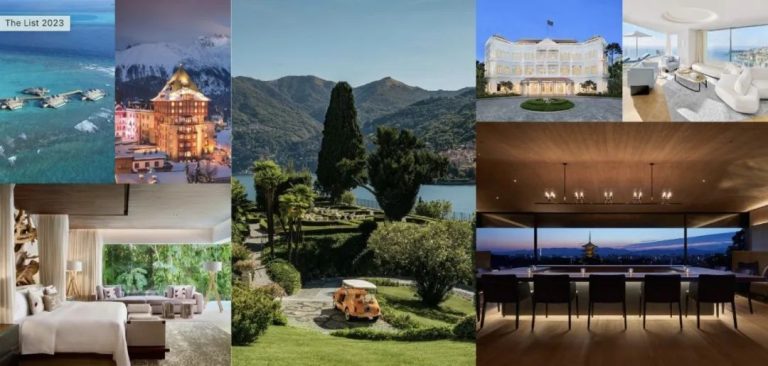
The inaugural world’s 50 best hotel list surely results in frenzy among hoteliers and luxurious experience fanatics despite the wanting of novelty in view. The palpable optimism in Guildhall to celebrate the growth of post-COVID hospitality industry in mid-September will surely continue for some while. Yet the true impact of this collective, and formative collage of accommodations elected by critiques remains uncertain.
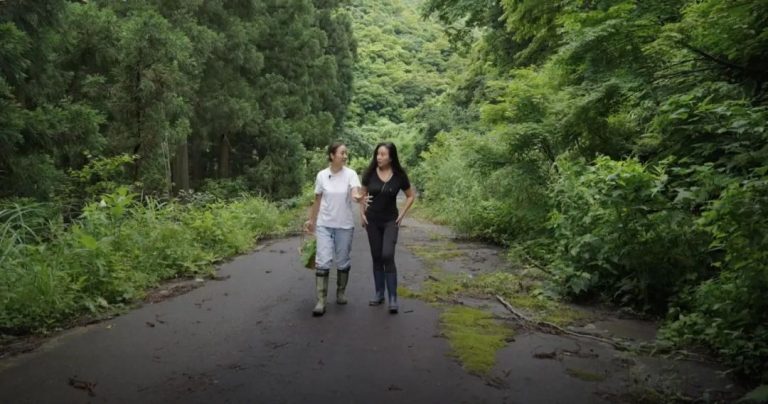
Kuwakino feels closely connected to the land she treads on. For her, the pleasure of being able to pick up ingredients right from her own garden and cook them herself is unrivalled. "If I lived in the city, none of this would happen," she shares. Her farm-to-table philosophy is not just a popular style of cooking, but an emotional and philosophical approach to food.
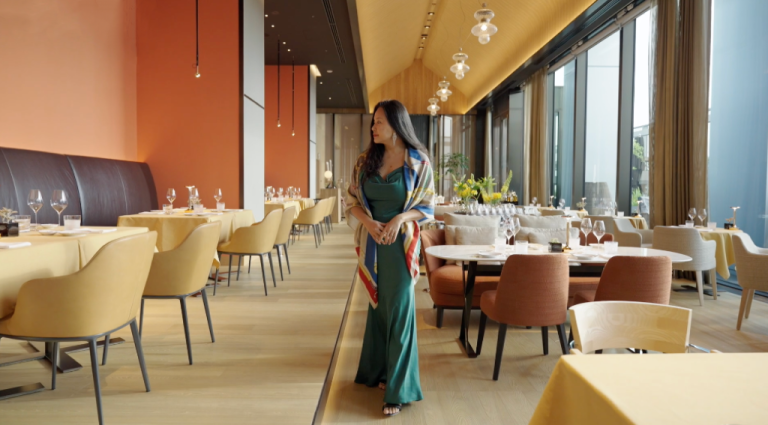
The opening of Bulgari Hotel is a major highlight in Tokyo after the pandemic. Not only is it the first Bulgari hotel in Japan but also the 8th ‘gem’ of the Bulgari Hotel & Resorts Collection. Occupying from the 40th to the 45th floor of the Tokyo Midtown Yaesu, an ultra-skyscraper in the Yaesu 2-Chome North District, the hotel overlooks the quiet premises, fascinating history and natural environment of the lmperial Palace Gardens. From a distance, the red brick Tokyo Station and the glass-curtain building behind it may seem juxtaposed, but Bulgari Hotel seamlessly blends the fusion of Japanese traditional cultural aesthetics. It is at this moment that I visited Tokyo once again.
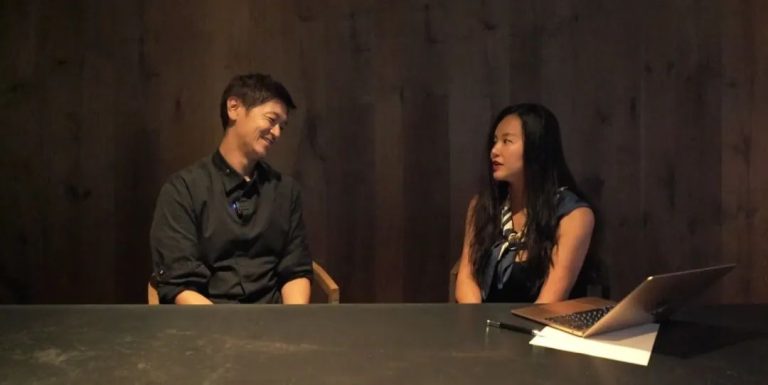
Tokyo's Michelin two-starred restaurant Florilège has been temporarily closed since this 20 July and will be moving to a new location. For many people, this would be a reluctant farewell to the delicious memories they have had here. At one of the most beautiful counter-style seating restaurants, Chef Hiroyasu Kawate has earned two Michelin stars for his culinary prowess and Florilège was ranked number three on Asia's 50 Best Restaurants 2022. Florilège has created many unforgettable flavours for its diners and is a proud flagship in bringing French cuisine to Asia.
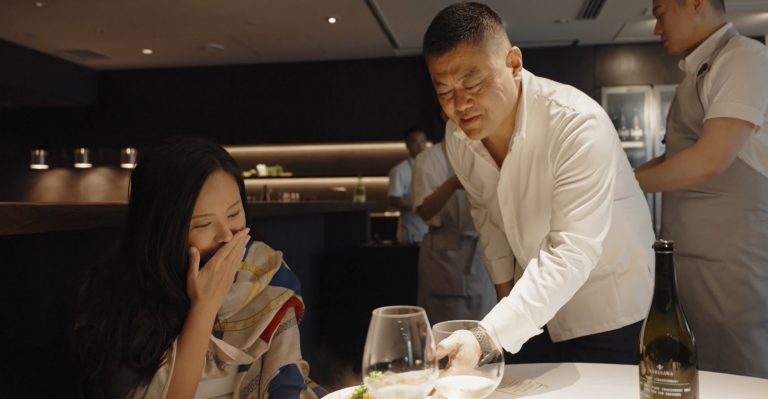
As a world-famous French-inspired Japanese restaurant, Narisawa remains in the list of the World's 50 Best for the last consecutive 14 years. It was crowned No. 1 in the Asia's 50 Best 2013 and became the first Japanese restaurant to enter the World's 50 Best in 2015. As the soul of the restaurant, Chef Yoshihiro Narisawa has dedicated all his time and energy to the growth of Narisawa.
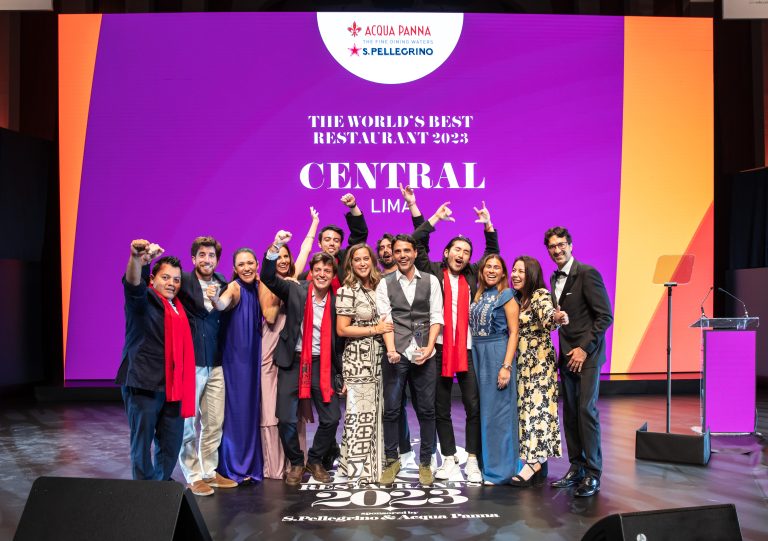
Central, the flagship Lima restaurant of chefs Virgilio Martinez and Pía León, is crowned in the No.1 position, followed by Disfrutar (No.2) in Barcelona and Diverxo (No.3) in Madrid.
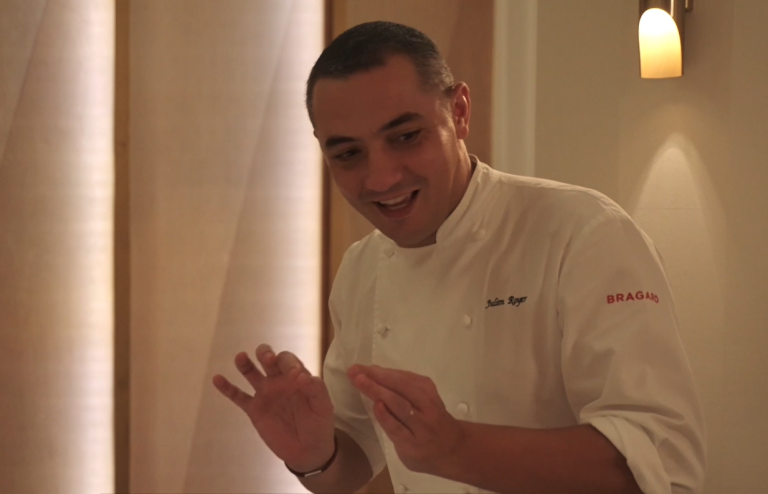
Opportunities to visit Singapore may be scarce, but every time I do, Odette restaurant always comes to mind. The exquisite cuisine and refined dishes have left a lasting impression on me, while the elegant and minimalist ambiance continues to captivate me. At Odette, I had the pleasure of savoring the unique and delicate French cuisine crafted by Chef Julien Royer. The service, as well as the food, moved me and filled me with warmth.
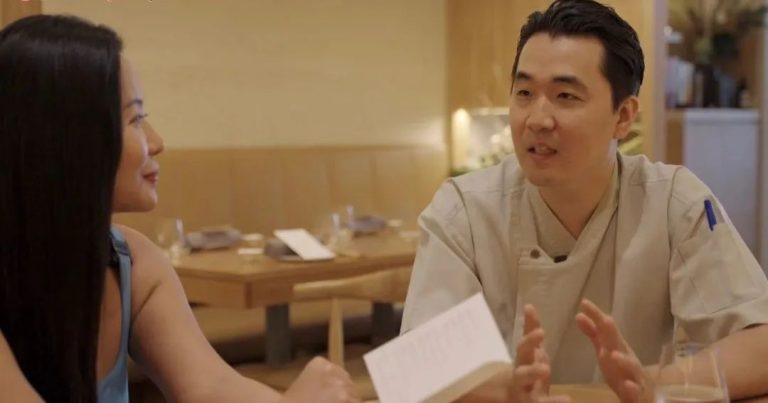
For this spring/summer menu, Chef Louis Han stages a theme of Front Yard Barbecue, built on the fondest of memories from his barbecue gatherings back home. Think hot and plump grilled meats, fresh and succulent vegetables and a colourful array of side dishes. Wouldn’t it be hard not to fall in love with all that deliciousness?
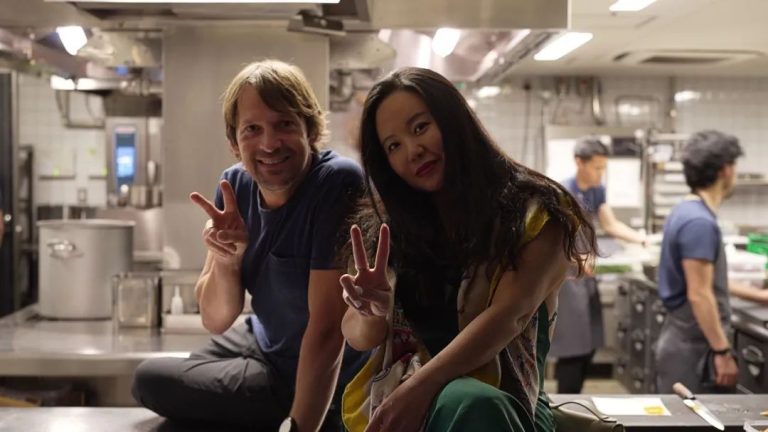
It's been a few years since I wrote about Noma again, and I've really thought it through. The new Noma 2.0 cookbook contains dishes spanning two seasons, evoking memories of the past. As it has for years, the restaurant explores the possibilities of a full range of ingredients, presenting the best of them conveyed through an unimaginably elaborate process that is both wild and traditional, unpretentious but time-consuming. In the spirit of Noma 2.0, the Kyoto pop-up pays true homage to the city’s profound history and diverse culture, with local approach in ingredient selection, preparation and presentation.
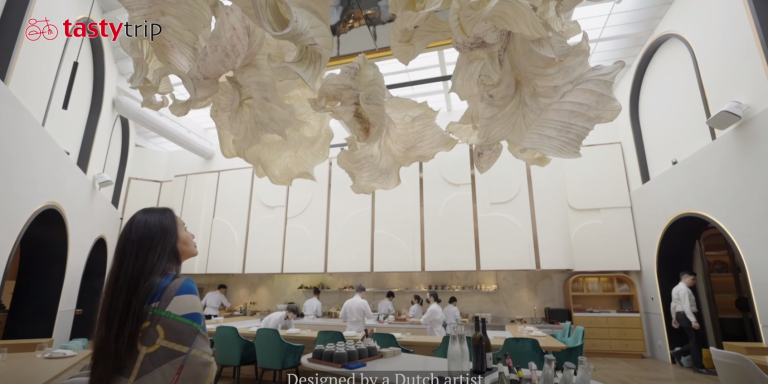
In Singapore, Restaurant Born has been ranked among the Asia’s 50 Best Restaurants for its first entry in less than one year after opening. Chef Zor Tan is a great mentee of André Chiang and is well versed in the knowledge, flavours and techniques of both French and Chinese cuisines. He brings to life the characteristics of both cuisines in his own way and tasting his food is like appreciating a beautiful play.














